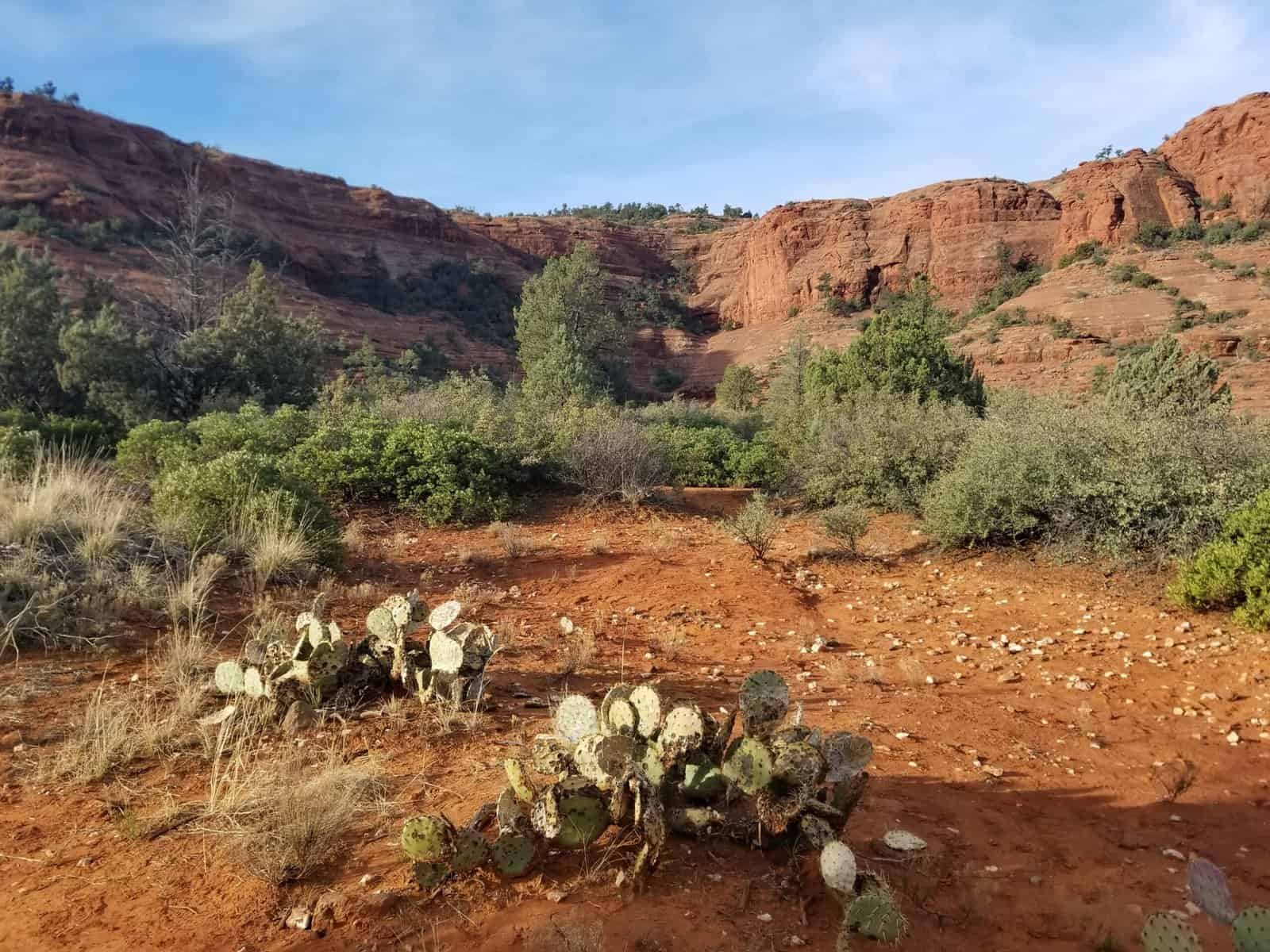Have you found yourself marveling at the beauty and resilience of the nopal cactus, only to discover it’s taking over more of your garden than you planned? Sometimes controlling the growth of this iconic cactus becomes necessary to maintain your landscape’s design or to keep it in harmony with your other plants.
Caring for aquatic plants like the nopal cactus can be particularly challenging, but worry not! By equipping yourself with the right information, techniques, and tools, you can manage their growth effectively and without unnecessary effort. Let’s journey through some effective strategies to tame your nopal cactus garden, ensuring they stay vibrant and manageable.
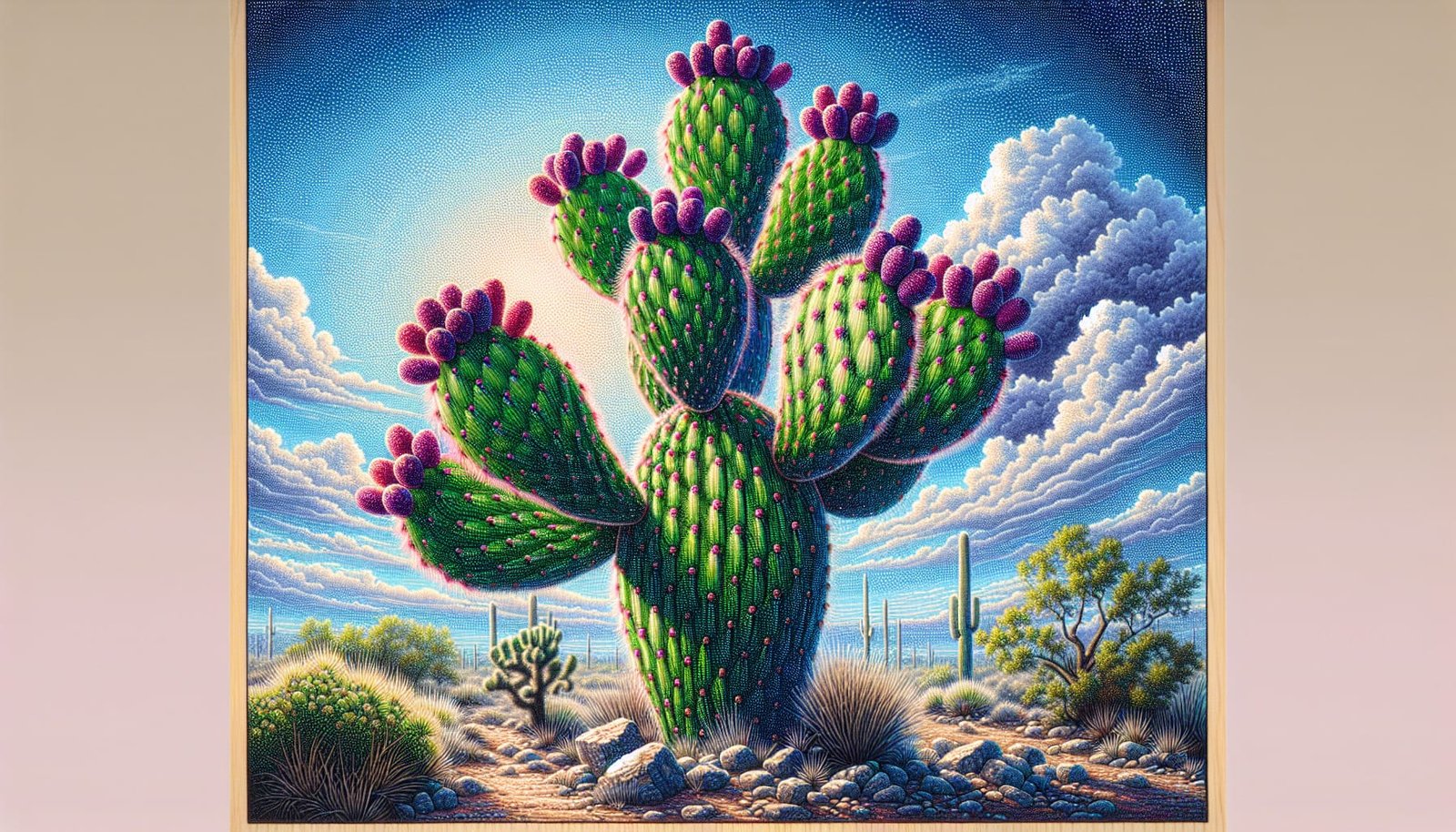
Understanding the Nopal Cactus
What Is Nopal Cactus?
Nopal, or prickly pear cactus, is well-known for its resilience and remarkable adaptability to different environments. They belong to the Opuntia genus and are native to the southwestern regions of the U.S., Mexico, and parts of Central America. Nopales are widely celebrated not only for their aesthetic appeal but also for their culinary, medicinal, and ecological benefits.
Why Does Nopal Cactus Grow So Quickly?
Their robust nature and low maintenance needs make them popular in landscapes. They can thrive in challenging conditions, promoting rapid growth. Due to their ability to store water, nopal cacti can proliferate quickly if left unchecked, especially in ideal environments. Understanding these growth patterns will help you in controlling their spread.
Methods to Control Nopal Cactus Growth
Pruning Techniques
Pruning is an effective method to keep the growth of your nopal cactus in check. It helps in maintaining the cactus’s shape, removing unhealthy pads, and curbing overgrowth.
- Tools Needed: Always use gloves and sharp, clean pruning shears to avoid injuries from the cactus’ spines and infections to the plant from dirty tools.
- How to Prune: Focus on removing any pads that are damaged or diseased. Cut at the joints where pads meet. Regular pruning helps in directing the cactus’s energy into fewer pads, aiding in controlled growth.
Proper Watering Practices
Watering practices greatly influence the growth rate of the nopal cactus. While they are drought-tolerant, excessive watering can lead to rapid growth and, sometimes, root rot.
- Watering Schedule: Water nopal cacti about once every two to four weeks in the growing season and less frequently during the dormant period in winter.
- Signs of Overwatering: Yellowing pads and mushy texture indicate overwatering. Adjust the watering frequency if you notice such signs.
Soil Management
Ensuring the right soil quality and conditions can restrict the aggressive spread of nopal cactus.
- Ideal Soil Type: These cacti thrive in well-draining sandy or gravelly soil. Amend soil with sand if necessary to improve drainage.
- Soil pH: Slightly acidic to neutral soil (pH 6-7) is optimal for their growth.
Appropriate Fertilization
Fertilization can encourage healthier but controlled growth when done correctly. However, over-fertilization can spur excessive growth.
- Type of Fertilizer: Use a balanced, water-soluble fertilizer during the cactus’s growing season.
- Application Rate: Apply fertilizer no more than twice during the growing season. Follow package guidelines to avoid overuse.
Creating Barriers
Physical barriers can be your ally in controlling cactus growth, especially in mixed gardens.
- Materials for Barriers: Use materials like landscape fabric, stone, or plastic barriers buried in the ground around the cactus bed.
- Depth of Barrier: Ensure the barriers reach at least 6 to 12 inches below the surface to restrict root spread.
Container Gardening
If you find ground control challenging, consider growing nopal cactus in containers.
- Container Size and Material: Choose a container that allows room for growth but restricts excessive root spread. Concrete or clay pots are ideal for keeping plants cooler.
- Mobility: Containers provide the flexibility to move the cactus as needed, helping manage sun exposure and growth.
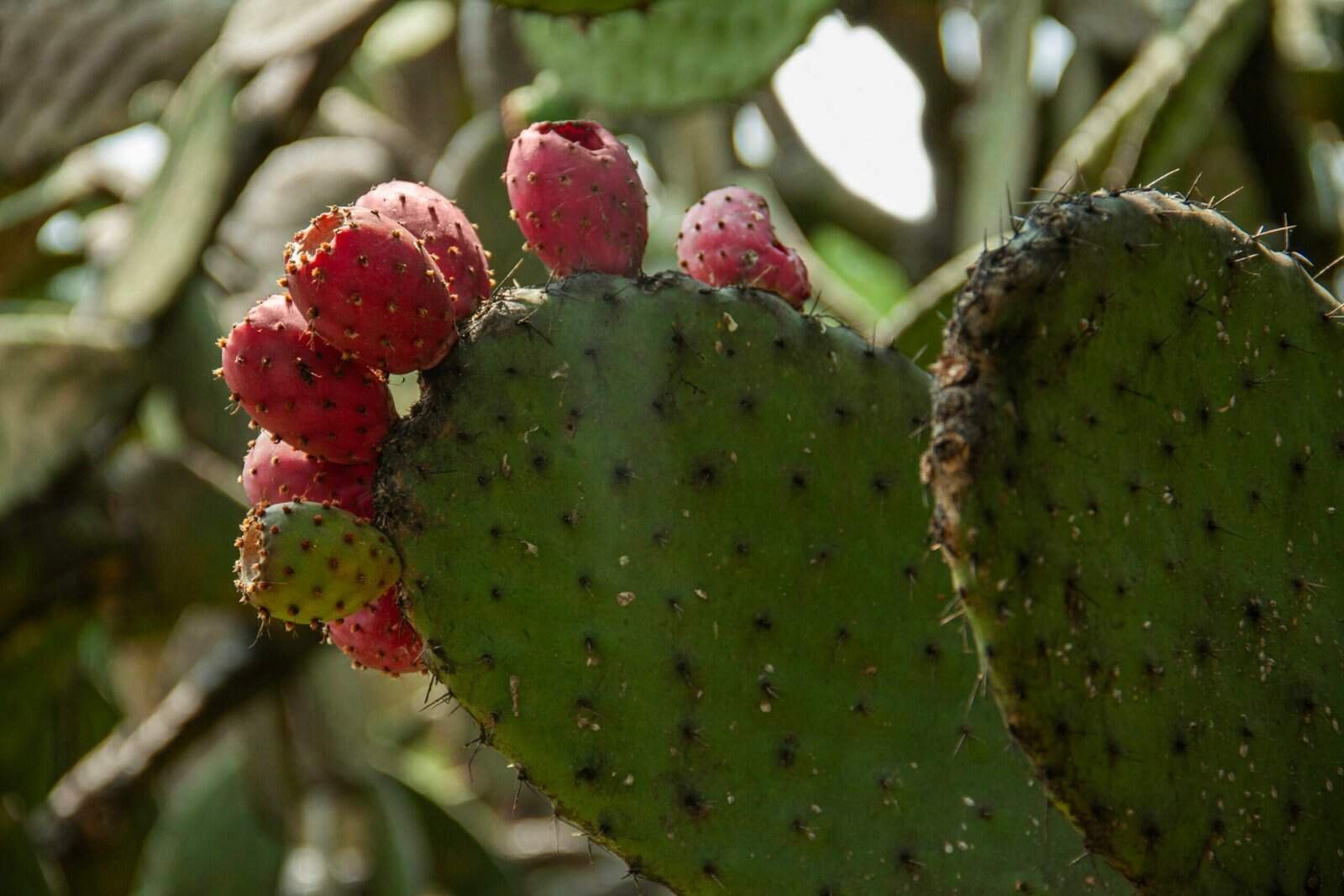
Recognizing When to Remove Nopal Cactus
In some cases, you might need to remove certain plants or entire clusters to control your garden effectively.
Signs That Removal Is Necessary
Sometimes, removal becomes essential, especially in cases of infestation or overwhelming growth.
- Disease or Rot: If the cactus displays signs of discoloration, fungal infections, or rot that doesn’t respond to treatment, removal may be necessary.
- Space Concerns: If the spread is affecting other plants’ health and aesthetics, consider thinning out the cactus.
Removal Techniques
Efficient cactus removal requires planning to minimize damage to surrounding areas and ensure successful replanting if desired.
- Cutting and Digging: Use a spade to dig around the base, cutting off the root ball. Wear protective clothing to avoid injury.
- Dealing with Pads: Destroy or properly discard the removed segments to prevent them from re-rooting elsewhere.
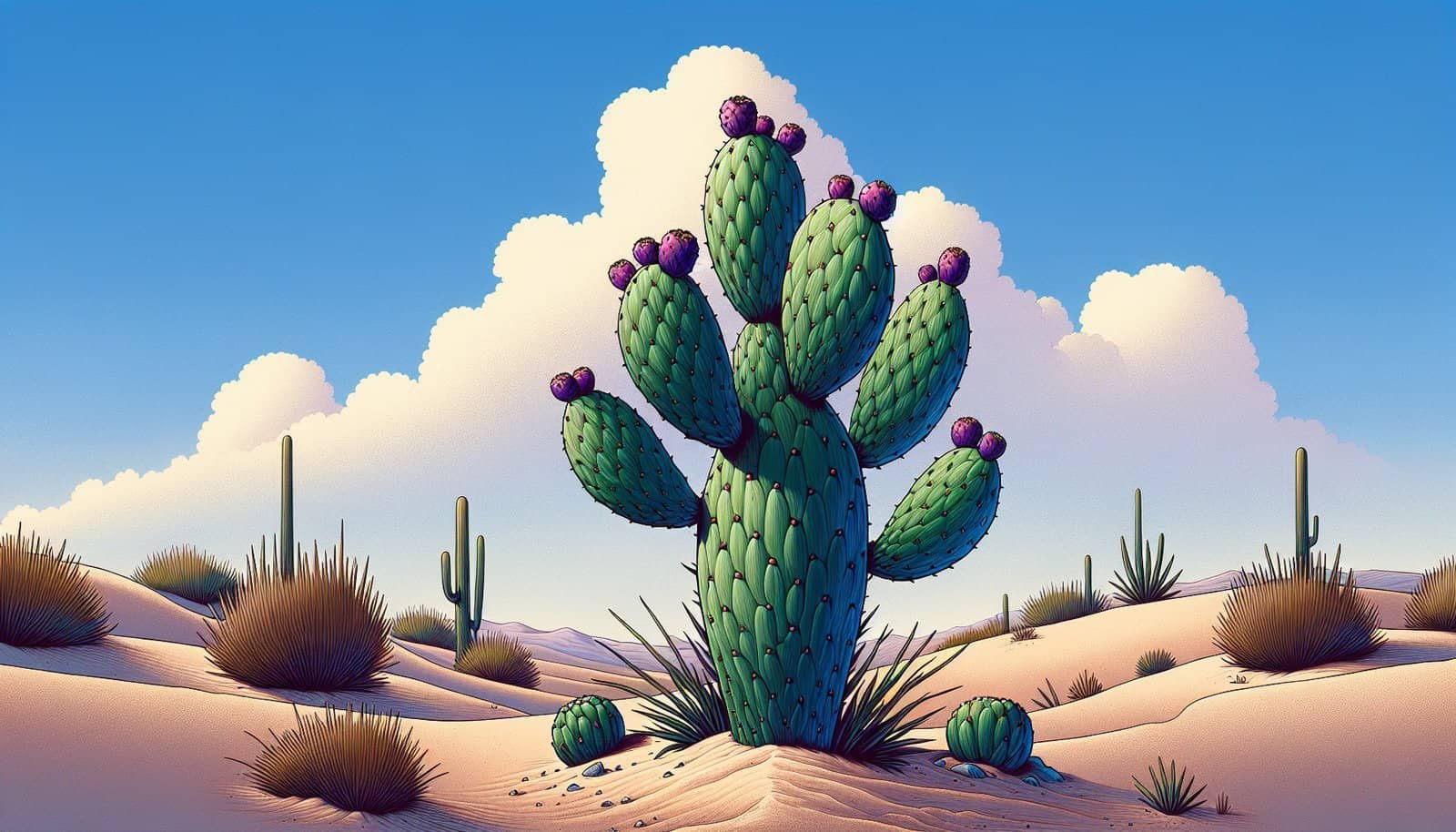
The Benefits of Controlled Nopal Growth
Managing your nopal cactus not only keeps them in check but enhances your ability to enjoy their many benefits.
- Aesthetics and Diversity: Maintaining varied sizes and shapes can improve your garden’s visual appeal.
- Health and Productivity: Proper care leads to healthier plants, increasing the productivity of flowers and fruits, and their nutritional benefits.
Culinary and Medicinal Uses
Nopal provides more than just beauty. Controlled growth yields a more manageable harvest for culinary uses and home remedies.
- Cooking with Nopales: Nopales are edible and often used in Mexican dishes. Controlled harvesting ensures a steady yet manageable supply.
- Medicinal Properties: Nopal is celebrated for its anti-inflammatory and blood sugar-regulating properties.
Nutritional Information Table
| Nutrient | Amount Per 100g |
|---|---|
| Calories | 16 kcal |
| Carbs | 3.3 g |
| Protein | 1.3 g |
| Fiber | 1.6 g |
| Vitamin C | 13 mg |
| Calcium | 93 mg |
Engaging with your nopal cactus through well-informed practices and strategies ensures you maintain control while reaping all the nutritional benefits.
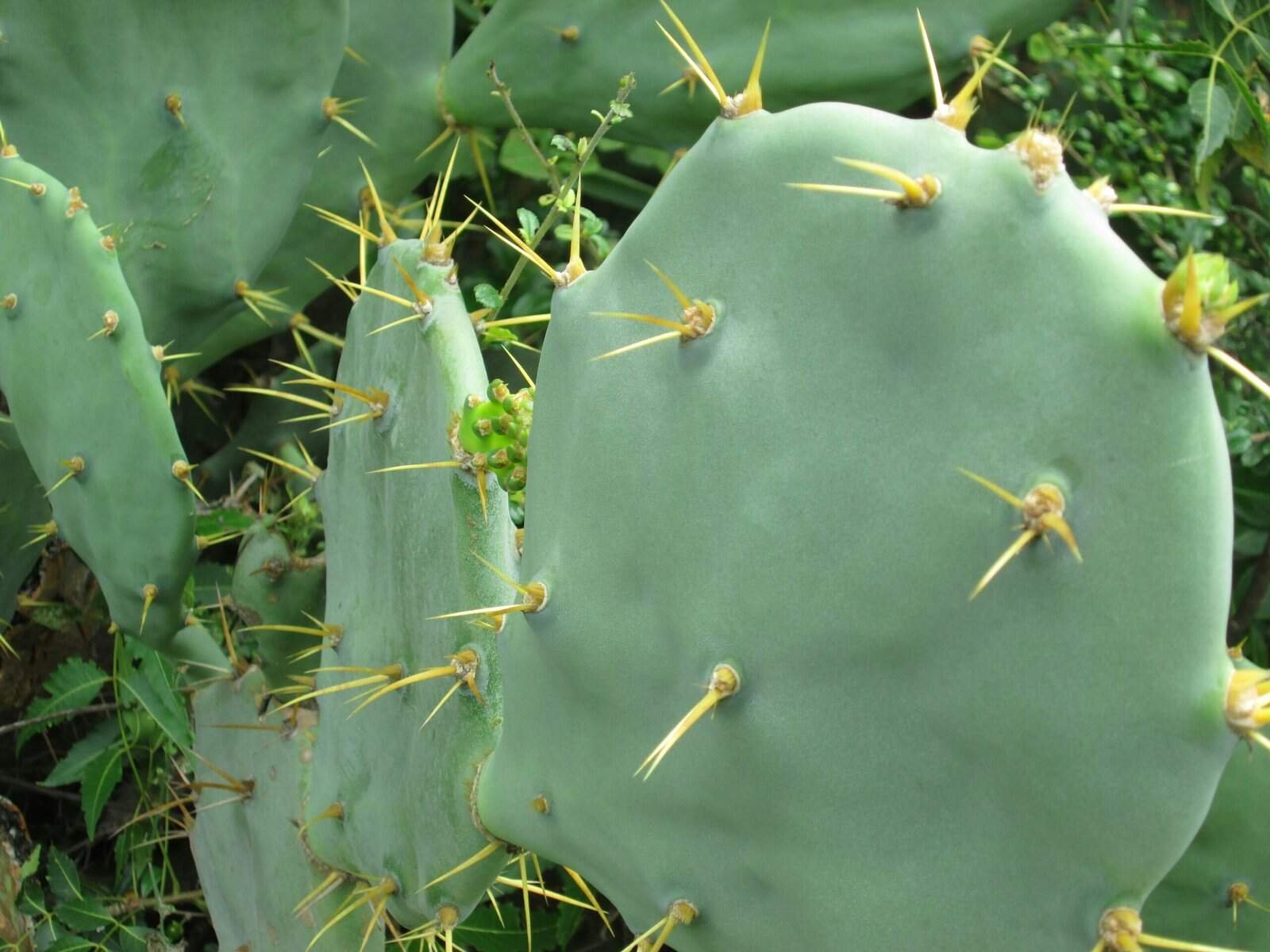
Conclusion
Mastering the control of nopal cactus growth is a rewarding endeavor for any gardening enthusiast. Through excellent pruning, watering, soil management, and the use of physical barriers or containers, you can shape the growth of this resilient plant to fit your garden space perfectly. Remember to embrace the diverse uses and benefits of nopal cactus, from its culinary delights to its medicinal properties. Let your garden thrive, controlled yet beautiful, as you balance the strength of nature with your aesthetic desires.
